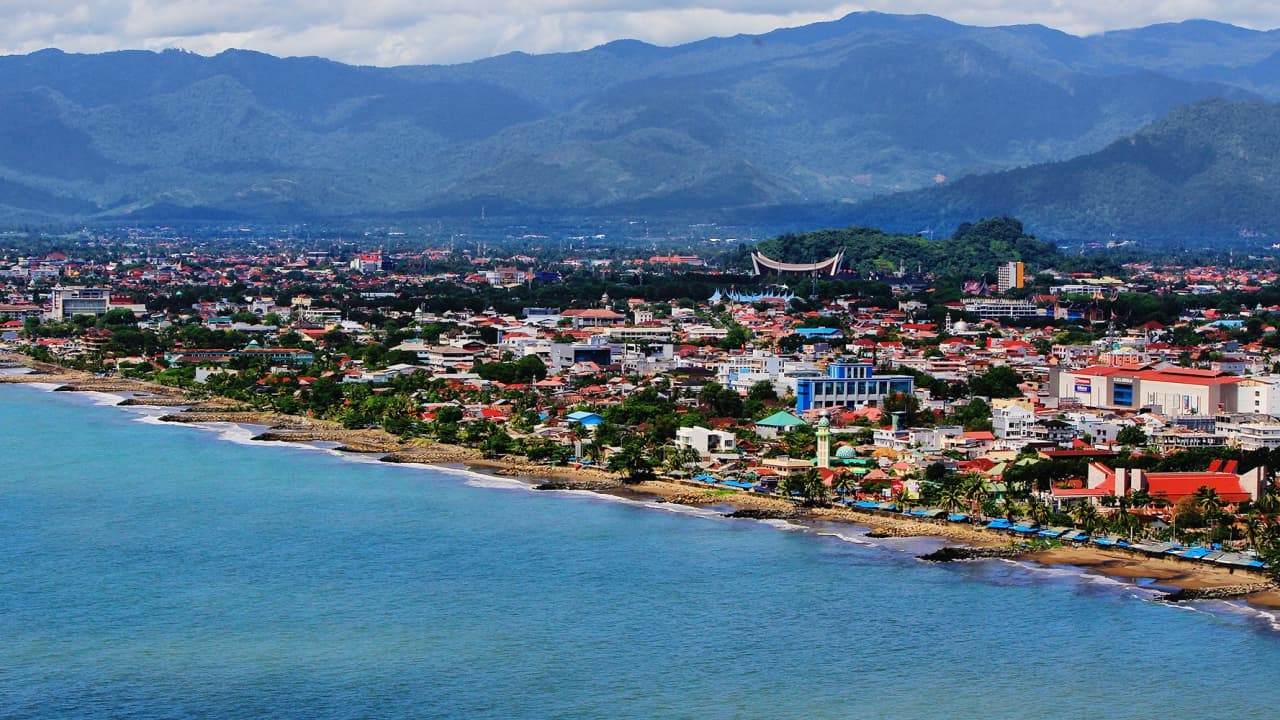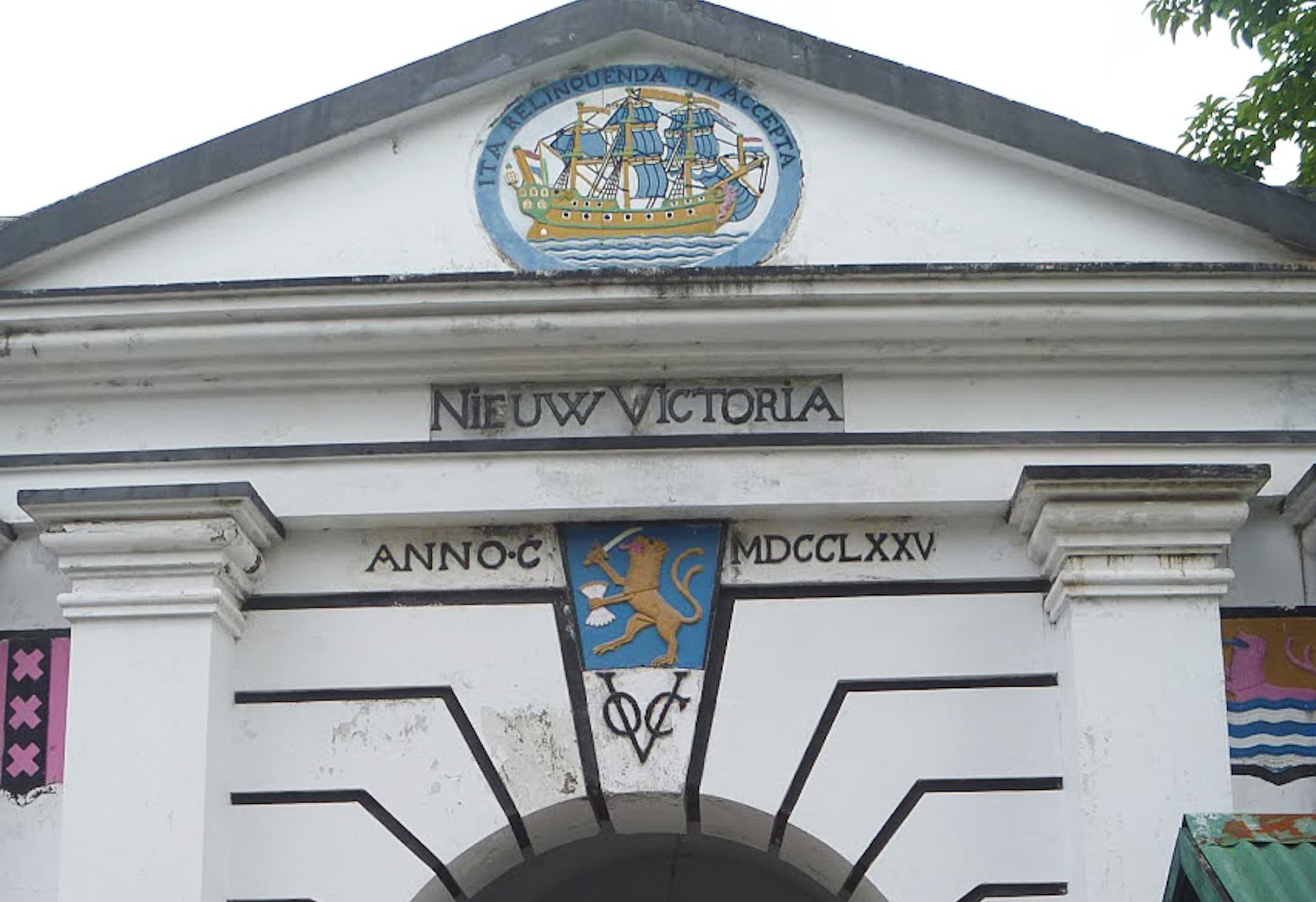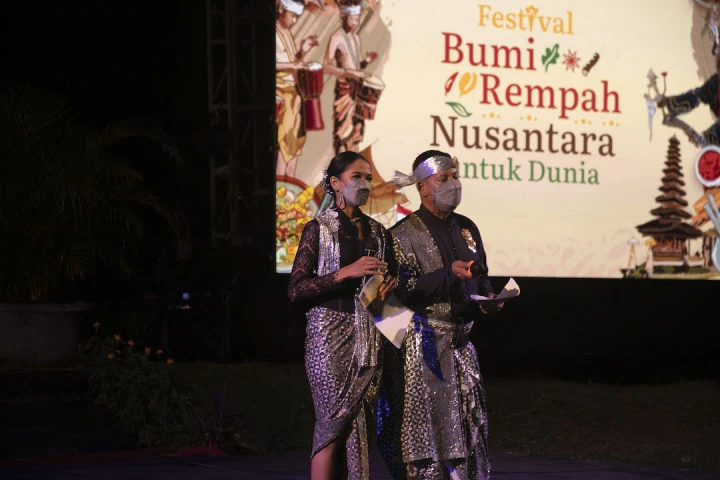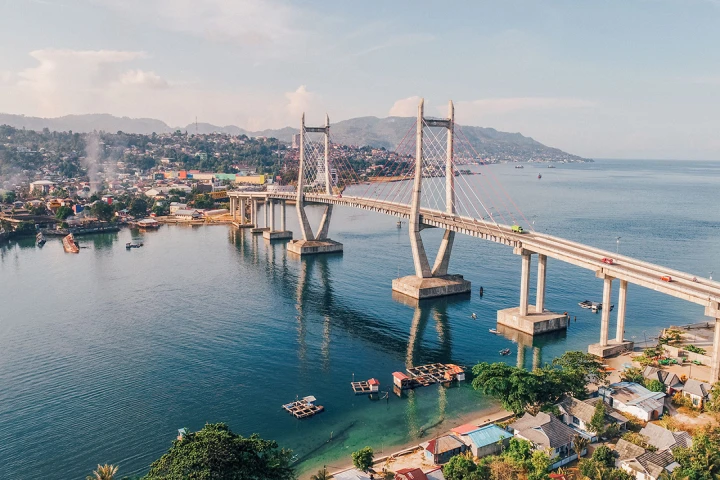
The international world had captured the charm of Indonesia centuries ago. It was mainly because of spices, Indonesia’s special commodity, which spread through international trade. In his note Suma Oriental, the legendary adventurer Tome Pires even captured this place’s distinction. He called Nusantara the Spice Islands, for many kinds of sought-after spices—that were more valuable than gold—grew here.
It was in line with the international world who already knew the Nusantara’s existence as the source of spice commodity. Consequently, the Austronesians who were a part of the Nusantara civilization became more recognizable among other great nations.
Other countries’ search for spices led many islands of Nusantara to form trade cities, mainly in the spice producer areas, strategic cities passed by transnational sailors, and the coastal areas functioned as berths.
The voyage had an impact on the west coast of Sumatra because spices had become a significant symbol for the local community, from the trade commodity, taste, to the philosophy of life. This inevitable international trade undoubtedly formed international relations. Sumatran spices became the attraction, for they could not find it in other places. They were gambier (Uncaria), agarwood, and cinnamon as significant commodities found within Minangkabau, involving West Sumatra, Bengkulu, and half of Riau.
In a webinar entitled Minangkabau dan Peradaban Austronesia di Jalur Rempah Dunia, Ary Prihardhyanto Keim, a researcher at the Indonesian Institute of Sciences, explained that gambier became the first exported product of Sumatra. “Gambier was the first exported Sumatran product that was ever recorded. Gambier became a part of the first exported products of Indonesia and abroad. Even India still imports it until today,” he stated.
The exoticism of gambier led some areas in West Sumatra to become the stopover for many nations to perform spice transactions. Tiku and Teluk Bayur Ports were two well-known trade points on the west coast of Sumatra. In his paper, Lanskap Budaya Maritim Sumatera, Gusti Adnan wrote about Teluk Bayur Port. He stated that after the arrival of the Dutch, Teluk Bayur Port became the point of departure of the trade from the east coast to the west coast. It once was the main inter-island gateway that became the interflow and outflow of export-import goods from and to West Sumatra.
Teluk Bayur Port is the pride of Padang as a historical city. Formerly named Emmahaven, the Dutch colonial government built the port between 1888-1893. The port was also known as the five biggest ports in Indonesia until 1945.
Besides the port that functioned as the trade point, another significant point in West Sumatra was Padang Old Town. It was a place of international trade activity, specifically around the 18th and early 19th centuries. In addition to this place, Muaro Port was located around the Old Town area, known as one of the busiest areas and believed to be the starting point of Padang’s development. The place still preserves the Dutch building heritage, like buildings along the Muaro St., Pasa Gadang, Pasar Mudik, and the Pondok area.
Besides the buildings and architecture as evidence of foreign nations’ tangible heritage, Spice Routes also left a valuable heritage in cultural diversity and the emergence of a multi-ethnic society. Padang Old Town also gives the heritage feel from the glorious era of the Nusantara trade.
Padang Old Town can even be called as a display that shows the cultural diversity of the people of Padang, for many people of different ethnicities live here. The Indians, Chinese, Malay, Nias, Javanese, and Minangkabau live peacefully with their own customs and traditions.
Such as the Indian descent who live around the Kampung Keling area who hold Serak Gulo every year to honor the Muslim figures of India with great merit in particular. Further, Pondok is an area dominated by the Chinese, who often have a tradition before celebrating feast days, like Chinese New Year or Cap Go Meh.
Besides the facts above, we cannot put aside the delicacy of Padang foods rich in spices. From rendang, Padang satay, kapau rice, itiak lado mudo, to talua tea. It proves that spices not only highlight the past romance but also shape what happens today.
A portion of Padang food that is rich in spices can cover much history. It can tell us where the spices are from, the connectedness between one culture to another, and other things from the past that allowed the food to be created and served as a portion of Padang food we can eat today.
The cosmopolitan in Padang is inseparable from the Spice Routes, which led it to become one of the knots. In an article entitled The Spice Routes of Indonesia: Respecting the Past for the Future Well-being, Ananto K. Seta wrote, “The memory of Spice Routes is expected to grow collective awareness and pride of the national identity, and strengthen Indonesia’s diversity through cultural interactions among regions that have been built thousands of years ago. Time has proved that the encounter of people in the port, for instance, became a chance to exchange information, knowledge, traditions, arts… Today we see how people in the Spice Routes’ points, including Aceh, Riau Islands, Medan, Jakarta, Semarang, and other cities appear to be cosmopolitan.”
Today, we can witness it through the Bayur Port, Padang Old Town, Gambier Plantation, Padang culinary rich in spices, and several landmarks of Padang. Some of them are Jam Gadang in Bukittinggi as a gift from the Queen of the Netherlands, Jamik Taluak Mosque that combines several architectures from different countries, and Pagaruyung Palace that becomes the symbol of prosperity for the people of Minangkabau that in the past became a part of Sriwijaya, the Nusantara maritime kingdom.
It certainly is an effort of our collective pride as a nation—Indonesia, that is plural, growing, and getting more prominent with the heritage of various cultures and ethnicities of people who live today. It became a reason for a celebrated Indonesian writer, Pramoedya Ananta Toer, to give the epithet Anak Semua Bangsa to the island.
Sources:
Webinar Minangkabau dan Peradaban Austronesia di Jalur Rempah Dunia
https://rri.co.id/humaniora/wisata/742346/koneksi-silo-gunung-teluk-bayur-saksi-sejarah-warisan-budaya-dunia
https://scholar.google.com/citations?user=NbhoY6AAAAAJ&hl=en#d=gs_md_cita-d&u=%2Fcitations%3Fview_op%3Dview_citation%26hl%3Den%26user%3DNbhoY6AAAAAJ%26citation_for_view%3DNbhoY6AAAAAJ%3AD03iK_w7-QYC%26tzom%3D-420
https://www.goodnewsfromindonesia.id/2020/09/07/minangkabau-surga-rempah-bagi-banyak-bangsa
https://www.republika.co.id/berita/phqcbq282/nagari-tiku-kampung-di-sumatra-yang-tersohor-hingga-eropa
Text: Doni Ahmadi
Editor: Tiya S.
Translator: Dhiani Probhosiwi










